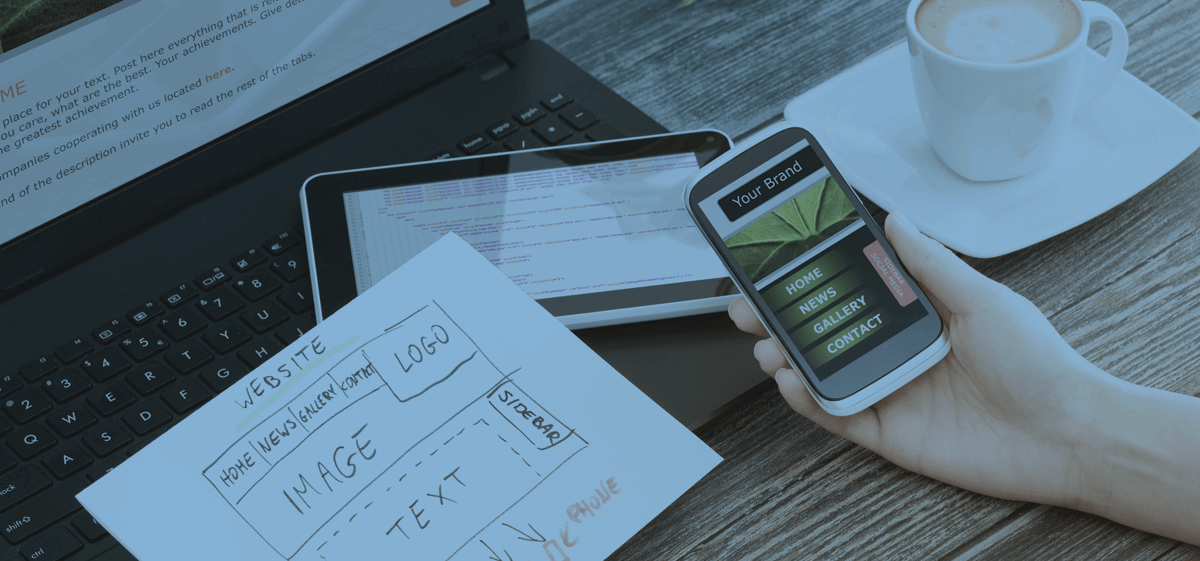Get your free consultation today!
Share with your Colleagues
Categories
ROI Calculator
Moonstone Interactive is the only San Francisco Bay Area web design firm and Internet Marketing expert that offers a free online ROI Calculator
Author: Steve Herz

In the digital realm, the concepts of UI (User Interface), GUI (Graphical User Interface), and UX (User Experience) form the foundation of how users interact with software and websites. This introduction aims to clarify these terms, emphasizing their critical role in creating seamless digital experiences. By exploring the synergy between UI's direct interaction elements, GUI's visual enhancements, and UX's overarching user journey, we illuminate the path towards designing intuitive, engaging, and aesthetically pleasing digital platforms.
Understanding the Basics of Digital Design
In today's digital-centric world, the terms UI (User Interface), GUI (Graphical User Interface), and UX (User Experience) serve as the cornerstone of how users interact with various software applications and websites. At its core, UI is the collection of tools and elements that users interact with directly, such as buttons, text fields, and images. The graphical user interface takes this a step further by emphasizing the visual aspects of these elements, ensuring that interactions are functional and aesthetically pleasing. When we set out to explain the graphical user interface, we delve into how these visual components are organized and presented to facilitate an intuitive and engaging user interaction with digital platforms.
The Significance of GUI in Modern Software
The question of what a graphical user interface is extends beyond mere curiosity to a fundamental understanding of its pivotal role in modern software design. GUI represents the visual embodiment of the software's functionality, offering users a visually interactive, intuitive, and efficient experience. It's about making complex software understandable and accessible to everyone, regardless of their technical expertise. Today, digital presence is crucial. The design and implementation of an effective GUI can determine the success of a software application. It's not just about looking good; it's about enhancing usability, improving accessibility, and ensuring a seamless interaction between the user and the application.
UI Elements Defined
When we dive into the UI elements definition, we discuss the nuts and bolts of user interface design. These elements encompass a wide range of components, including but not limited to navigation menus, dropdown lists, toggles, icons, and progress bars. Each element serves a specific function in guiding the user through the application, contributing to a fluid and intuitive user experience. For instance, a well-designed button catches the eye and communicates its function, encouraging user interaction. Similarly, a thoughtfully placed menu can distinguish between a user feeling lost or confidently navigating through a website or app. Understanding and skillfully applying these UI elements is essential for creating digital environments that are both visually appealing and user-friendly.
The Interplay Between UI and UX
The discussion around the difference between UI and UX is crucial for anyone involved in digital product design. UI focuses on the specific elements users interact with on the screen, such as layout, colors, and typography. Conversely, UX encompasses the broader user journey and experience when using a product or service. It's about how easy it is for the user to accomplish their desired tasks and how satisfying the interaction is. UI UX elements work in tandem to ensure that the user finds the product visually appealing, functional, and intuitive. For example, a beautifully designed website (UI) that is difficult to navigate (UX) will not satisfy users. If a site that is easy to navigate but visually unappealing. It may not attract or retain users. Balancing these elements is critical to creating products that users love to use.
Crafting Seamless User Experiences
Creating seamless digital experiences requires a meticulous approach that harmonizes UI and UX elements. Designers must immerse themselves in the users' world, understanding their needs, behaviors, and frustrations. This empathy enables designers to craft applications that meet and exceed user expectations. For instance, incorporating intuitive UI elements into a well-thought-out user journey can significantly enhance the usability and appeal of a digital product. The goal is to eliminate friction or confusion, enabling users to navigate and find what they want effortlessly. Achieving this seamless UI is an ongoing process of testing, learning, and iterating, always with the user's needs at the forefront.
Innovations in GUI and User Experience
The landscape of graphical user interfaces is ever-evolving due to technological advancements and evolving user expectations. From the early days of command-line interfaces to today's rich, touch-enabled GUIs, each innovation has aimed to make digital interactions more natural and intuitive. The rise of voice-activated interfaces, gesture-based navigation, and Augmented Reality (AR) are examples of how GUIs are expanding beyond the traditional screen. These innovations offer exciting new ways to engage with digital content, making it more accessible and immersive. As designers, staying abreast of these trends and understanding how they can enhance UI and UX elements is essential for creating the next generation of user experiences.
Balancing Aesthetics and Functionality
The challenge of balancing aesthetics with functionality is at the heart of digital product design. A visually stunning app that is difficult to use will frustrate users, while a highly functional app with poor aesthetics may fail to engage them. Explaining graphical user interfaces involves more than just discussing visual design principles; it's about understanding how these principles impact user behavior and satisfaction. Effective UI/UX design requires a holistic approach that considers the visual appeal, user behavior, and the context in which the product will be used. It's about creating a cohesive experience where aesthetics and functionality complement each other, leading to digital products that are beautiful, highly usable, and accessible.


